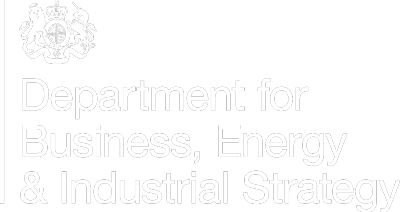Kurtiella bidentata (Montagu, 1803)
Galeommatoidea : Montacutidae |
| Tebble name: | Mysella bidentata (Montagu) |
| Smith & Heppell name: | Mysella bidentata (Montagu, 1803) |
To size:
To 6mm.
Shell Structure:
Thin, rather fragile.
Equivalve:
Equivalve.
Equilateral:
Inequilateral, beaks distinctly behind midline.
Tumidity:
Variable, some distinctly tumid.
Outline:
Subovate, anterior dorsal margin almost straight and sloping gently; anterior margin broadly rounded, ventral gently curved; posterior dorsal margin short slightly sunken; posterior margin subtruncate and distinctly narrower than anterior.
Contour:
Posterior area set off by a weak ridge; lunule shallow, narrow, long.
Sculpture:
Of fine concentric lines and growth stops;.
Margin:
Inner margin smooth.
Ligament:
Internal, set beneath the beaks.
Hinge:
RV with single strong cardinal flanges either side of ligament; LV with single marginal flanges either side of ligament.
Pallial Musculature:
Pallial line wide, entire.
Periostracum:
Thin, pale, often with ferruginous or manganese coating.
Colour:
Dirty white.
Additional Characters:
Prodissoconch 400-580 µm, P1 smooth, P2 with faint co-marginal growth lines.
Distribution & Ecology
Widespread.
Depth Range
Intertidal
Continental Shelf (to 200m)

Additional Information & Related Species
Key Features & Similar Species
Additional Comments
Related Species
Galeommatoidea : Montacutidae
References
Listed are literature citing Kurtiella bidentata (Montagu, 1803). Reference containing the species Type Description is highlighted.
|
Gofas, S. & Salas, C. 2008. A review of European ‘Mysella’ species (Bivalvia: Montacutidae), with description of Kurtiella new genus. Journal of Molluscan Studies. 74: 119-135. |
|
Kallonas M, Zenetos A & Gofas S 1999. Notes on the Ecology and Distribution of Microbivalvia in Greek Waters. La Conchiglia. 291: 11-20. |
|
Montagu G 1803. Testacea Britannica, or natural history of British shells, marine, land and the fresh-water, including the most minute: systematically arranged and embellished with figures Romsey, London. 606pp, 16pls. |
|
Ockelmann KW & Muus K 1978. The biology, ecology and behaviour of the bivalve Mysella bidentata (Montagu). Ophelia. 17 (1): 1-93. |
|
Van Aartsen JJ 1996. Galeommatacea and Cyamiacea Part II. La Conchiglia. 281: 27-53, + 61. |
Resources
- Conchological Society
of Great Britain & Ireland
Provides resources for understanding, identifying, recording, and conserving molluscs - CLEMAM
Check List of European Marine Mollusca - MarLIN
The Marine Life Information Network for Britain and Ireland (MarLIN) provides information for marine environmental management, protection and education. It is a centre of excellence in spatially based and time-series marine biological information and supports good stewardship in the marine environment. - NBN Gateway
National Biodiversity Network's Gateway. Use it to explore UK biodiversity data, as contributed by participating data providers. - BivAToL
- MarBEF
- Malacological Society
- Unitas Malacologica
- Census of Marine Life
- MarBEF
MarBEF, a network of excellence funded by the European Union and consisting of 94 European marine institutes, is a platform to integrate and disseminate knowledge and expertise on marine biodiversity, with links to researchers, industry, stakeholders and the general public.

































